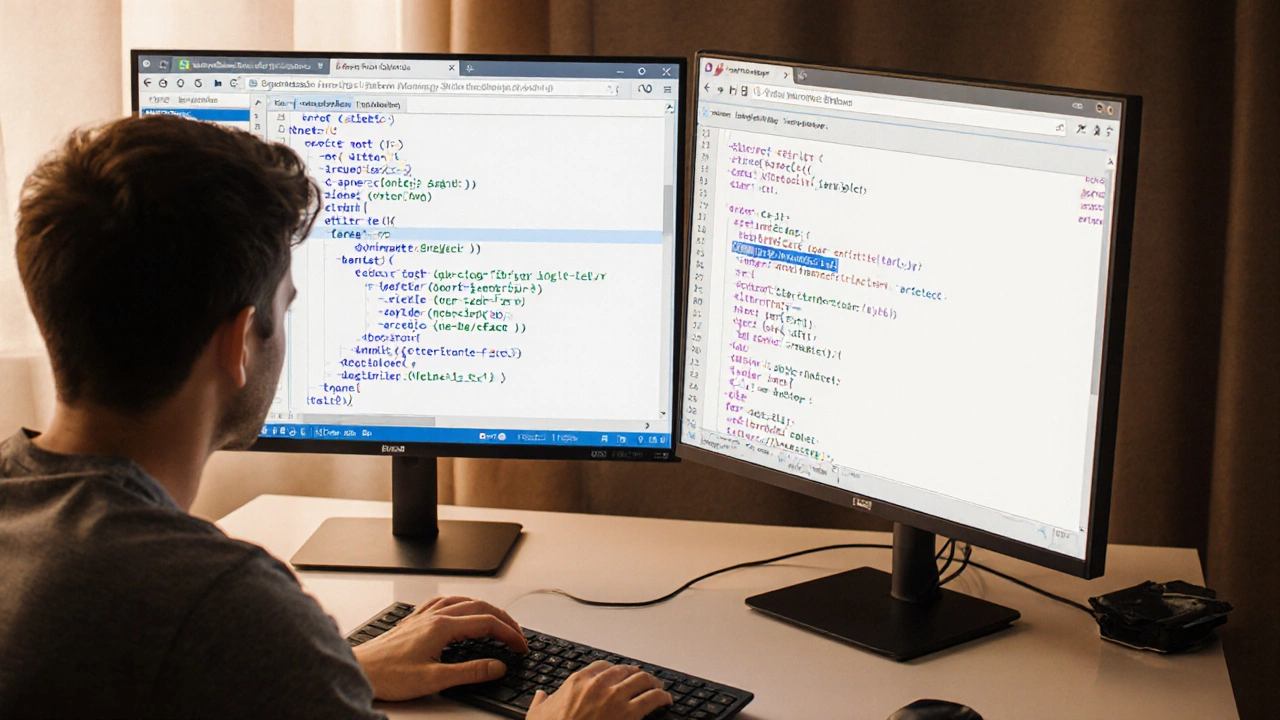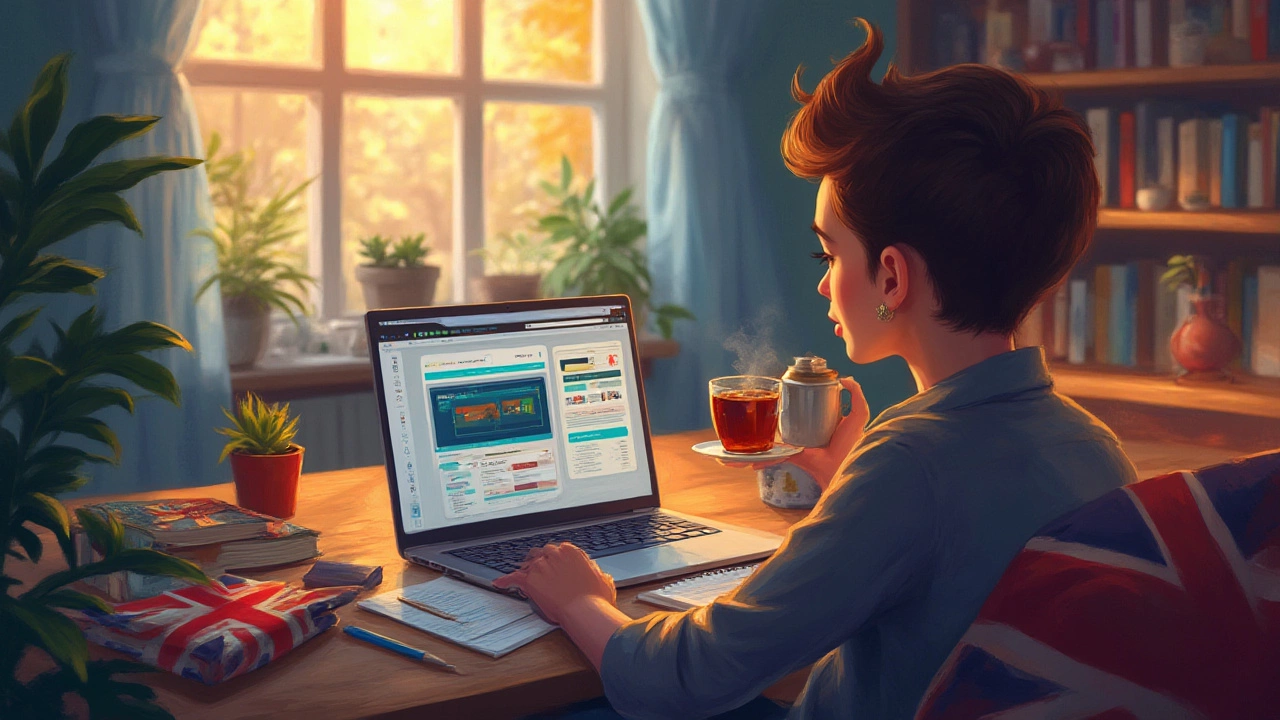Learn Web Development: Practical Tips to Get Started Fast
Want to build websites but don’t know where to begin? You’re not alone. Most newbies stare at a long list of languages and feel stuck. The good news is you can launch a simple site in weeks if you follow a focused plan.
First, grab the three core building blocks: HTML for structure, CSS for style, and JavaScript for interactivity. Those three let you create anything from a static blog to a dynamic dashboard. Don’t try to learn a framework before you’re comfortable with the basics – it only adds confusion.
Pick Your First Stack
Once the basics click, decide what you want to build. If you like visual sites and quick launches, pair HTML/CSS with a CMS like WordPress. Our post “Can You Learn WordPress in 2 Days?” shows a 48‑hour plan that gets a clean five‑page site up and running.
For more control, add a JavaScript library. React is popular, but Next.js is the full‑stack cousin that handles routing, server‑side rendering, and API routes out of the box. The article “Is Next.js Full‑Stack? What It Includes (and What It Doesn’t) in 2025” breaks down what you still need – a database, auth, and background jobs.
If you prefer a lightweight approach, try vanilla JavaScript and a static site generator like Eleventy. It keeps the learning curve shallow and still teaches you how to structure files, deploy, and optimise performance.
Build Real Projects Early
Don’t wait until you’ve finished every tutorial. Pick a tiny project – a personal portfolio, a to‑do list, or a simple blog – and start coding. As you hit roadblocks, search specific error messages; that habit builds problem‑solving muscles faster than passive watching.
When you finish a project, add a small SEO tweak. Even a basic meta description improves visibility and gives you a taste of optimisation. Our guide “Why Every Web Developer Should Master SEO for Success in 2025” explains why SEO knowledge is now a must‑have skill.
Track your progress with a simple spreadsheet: list the skill, the resource you used, and a short note on what you built. After a month, you’ll see concrete evidence of growth, which keeps motivation high.
Remember, learning web development isn’t a marathon you run once. Technology shifts fast, so treat every new framework as a side‑quest, not the main story. Focus on fundamentals, build projects, and sprinkle in modern tools when they solve a real problem. Follow this rhythm, and you’ll move from beginner to competent developer faster than you imagined.



